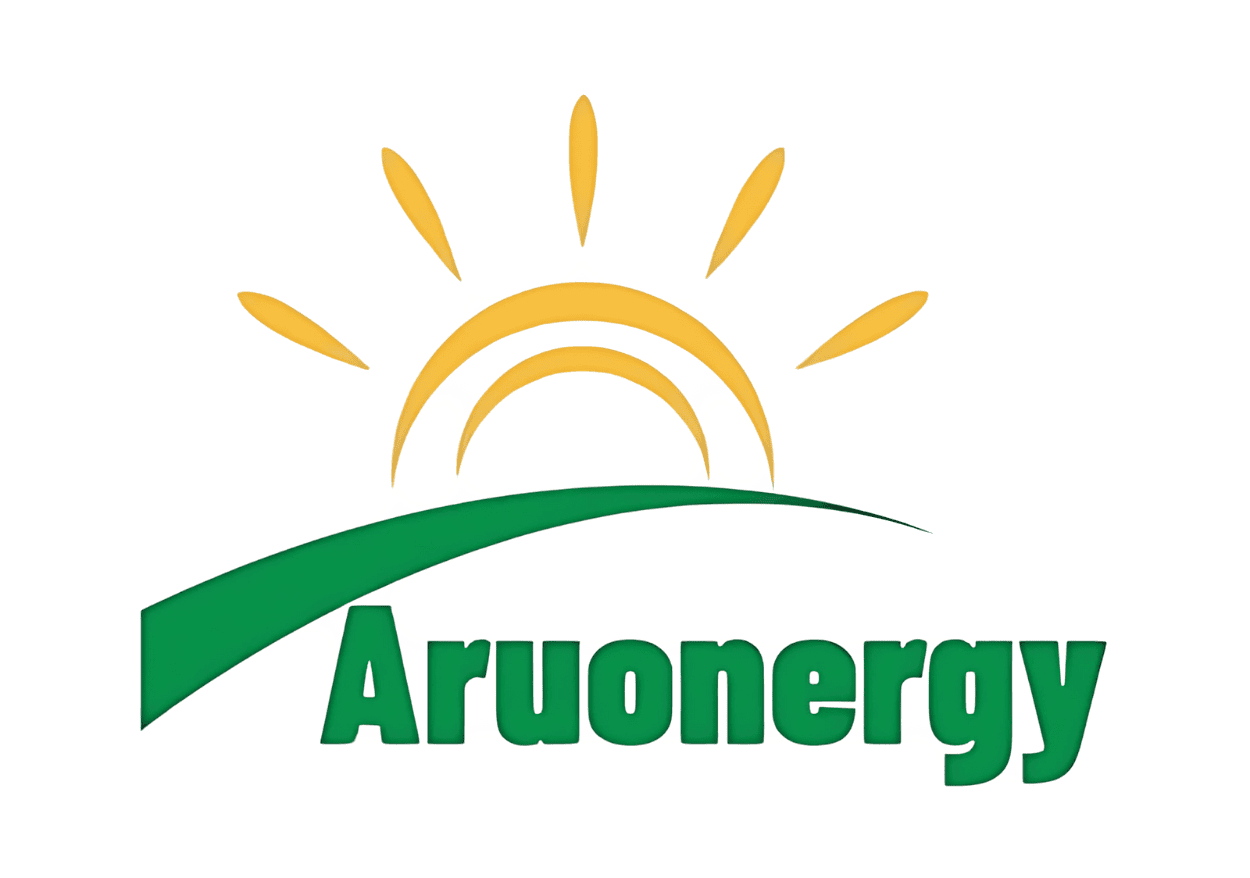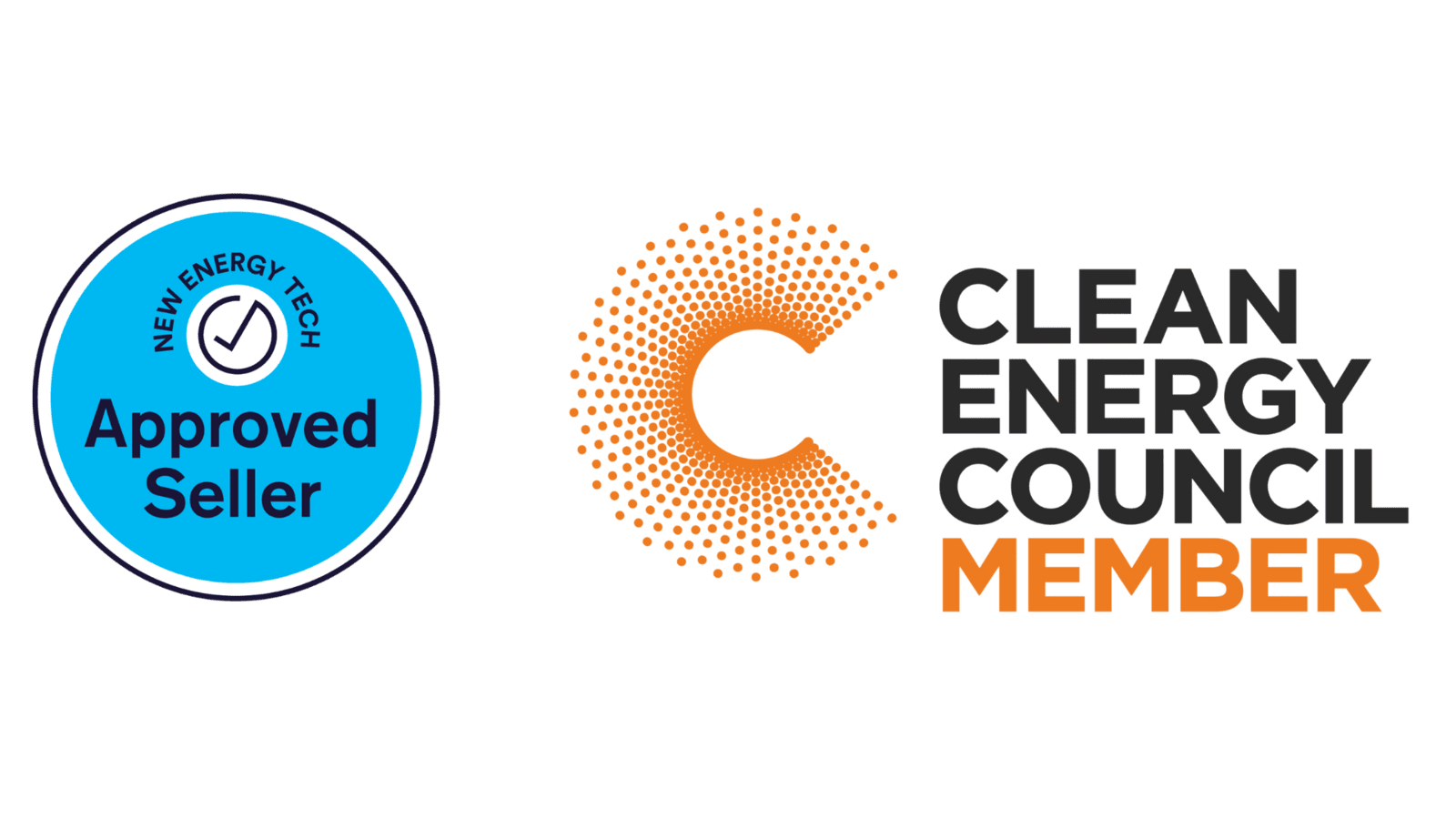Inverter
An inverter converts the DC voltage to an AC voltage. In most cases, the input DC voltage is usually lower while the output AC is equal to the grid supply voltage of either 120 volts, or 240 Volts depending on the country.
The inverter may be built as standalone equipment for applications such as solar power, or to work as a backup power supply from batteries which are charged separately.
Inverters, essential components in the realm of electrical and electronic engineering, perform a vital role in converting one form of electrical energy to another. The primary function of an inverter is to convert direct current (DC) to alternating current (AC), thereby enabling the use of domestic appliances that operate on AC when only a DC power source is available.
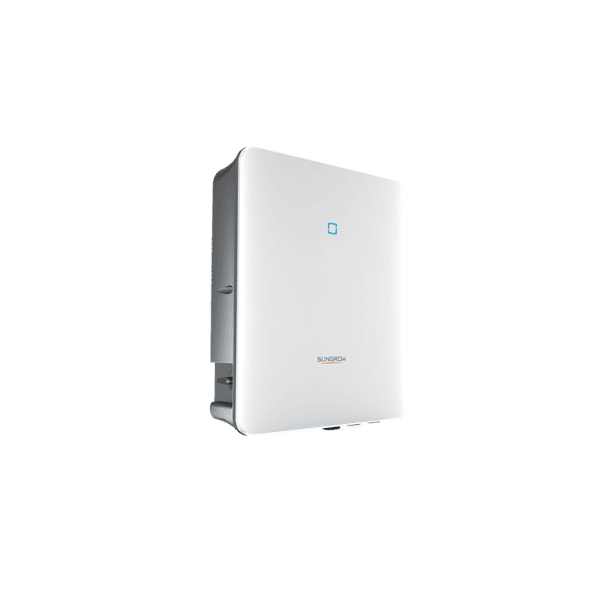
Single Phase Inverter
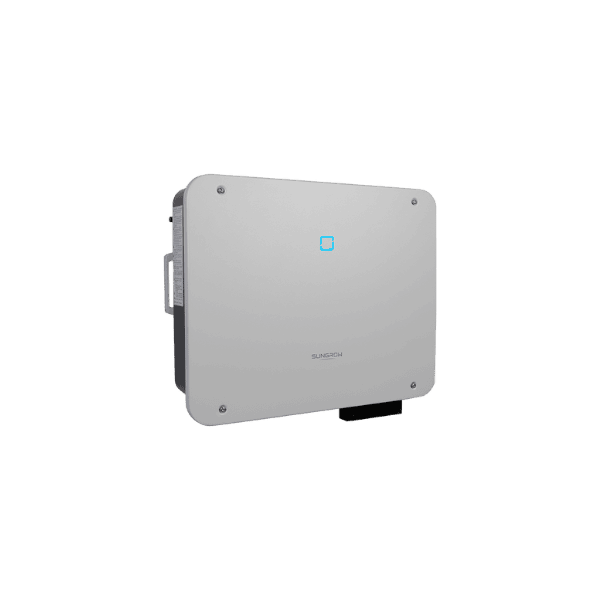
Phase Inverter
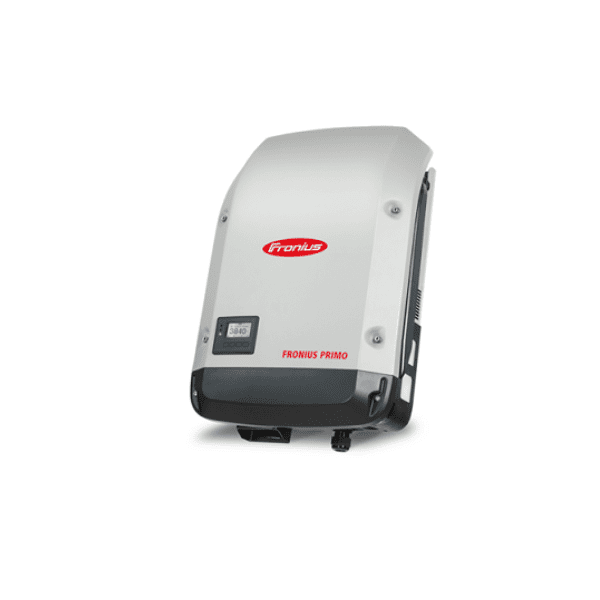
Hybrid Inverter
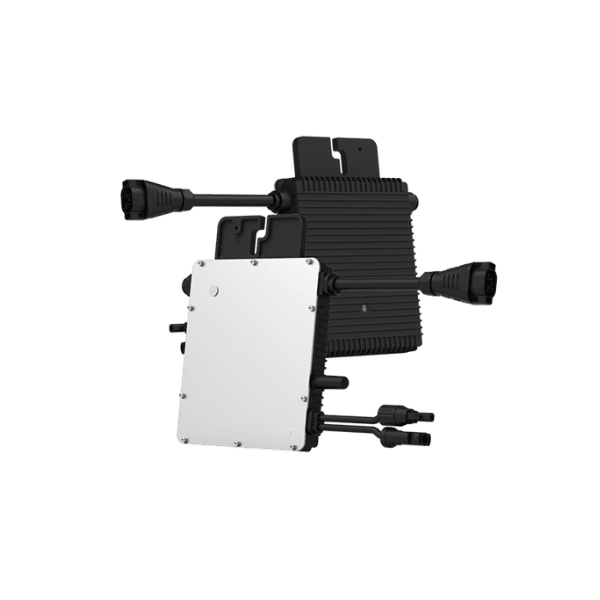
Micro Inverter
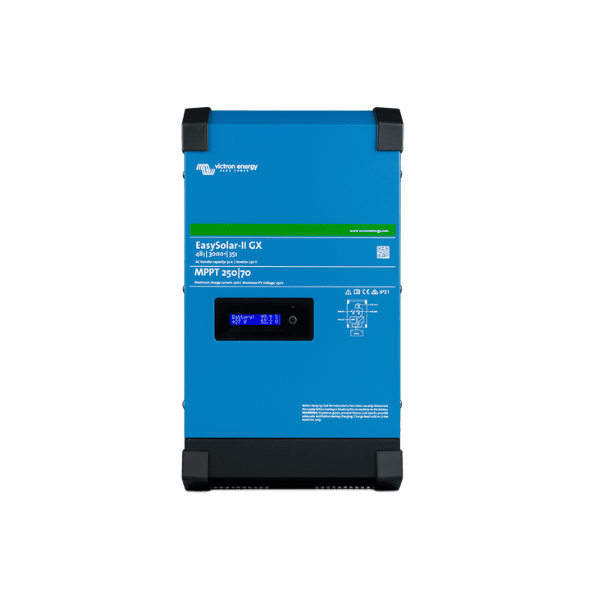
Off-grid Inverter
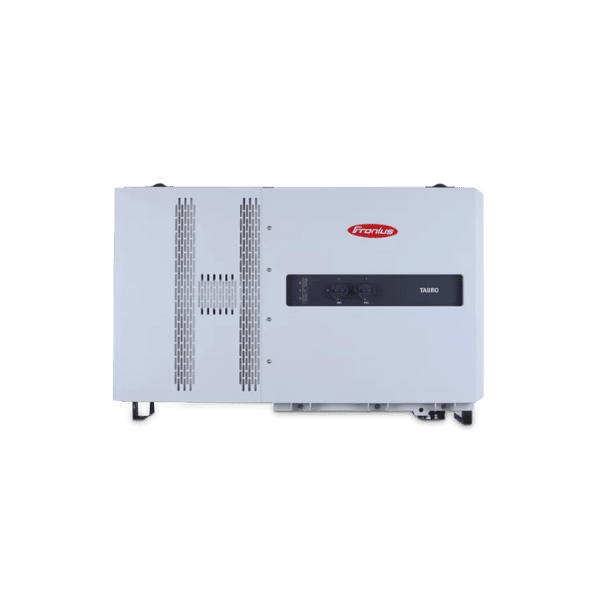
Fronius Commercial Inverter
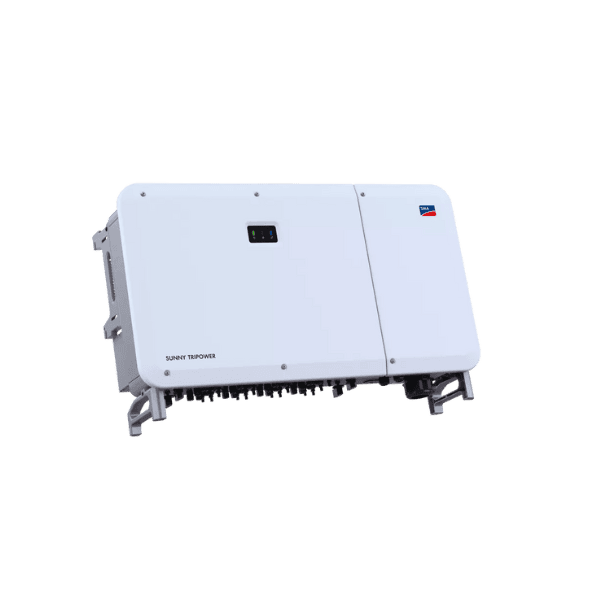
SMA Commercial Inverter
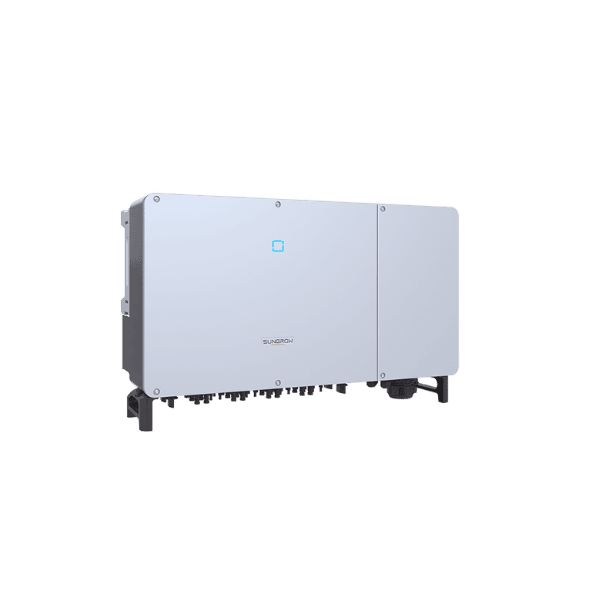
Sungrow Commercial Inverter
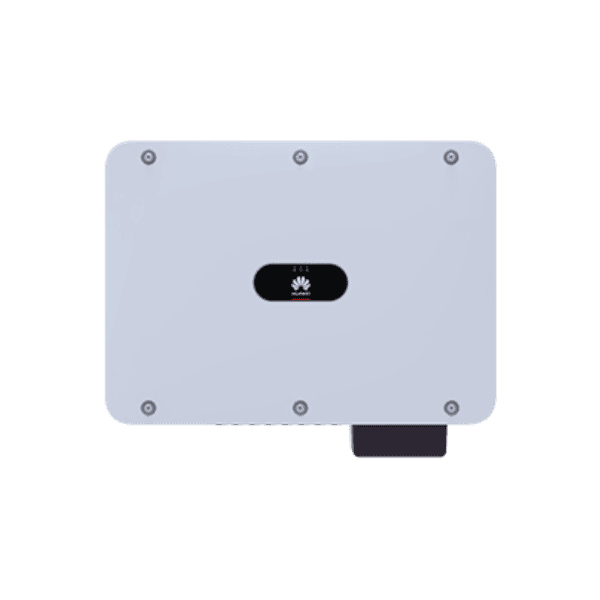
Huawei Commercial Inverter

Single Phase Inverter

Phase Inverter

Hybrid Inverter

Micro Inverter

Off-grid Inverter

Fronius Commercial Inverter

SMA Commercial
Inverter

Sungrow Commercial Inverter

Huawei Commercial Inverter
Benefits Of Inverter
Benefits Of Inverter
The inverter can change the speed of the motor easily, so the starting current of the motors will not be able to exceed 1.5 times of the traditional starting current. Inverters often have an internal electronic system to help protect against overcurrent, high voltage and low voltage conditions, helping to create a safe system during operation.
During the start-up process, the inverter will help the motor’s speed to be started from a steady low, not start suddenly, this will help the motor carry a large load to avoid mechanical damage. and bearing, which increases the life of the motor.
Compared with the traditional starting system, the inverter will help save electricity up to 20-30%. Since the inverter can be easily changed in speed, saving energy for the loads will not need to run at its full capacity.
The reactive power from the motor is very low, almost ignored, so it will reduce the current significantly during operation, reduce the line shortage, and reduce the installation cost of the capacitor bank.
Types Of Inverter
Types Of Inverter
Standalone inverter
Standalone inverter
Standalone types of inverter are connected directly to the load and are not interrupted by other power sources. Stand-alone inverters are types of inverter that power the load on their own without being affected by the grid or other power sources.
These inverters cannot be connected to the utility grid because they do not have synchronization capabilities, where synchronization is the process of matching the phase and nominal frequency (50/60hz) of two AC sources. And they can work with off grid batteries system.
Single phase inverter
Single-phase inverters convert DC input into single-phase output. The output voltage/current of a single-phase inverter has only one phase, and its nominal frequency is a nominal voltage of 50Hz or 60Hz. Nominal voltage is defined as the voltage level at which an electrical system operates.
Single-phase losses are greater, and single-phase efficiency is lower than three-phase inverters. Therefore, three-phase inverters are the first choice for high loads.
Voltage source inverter (VSI)
When the input of the inverter is a constant DC voltage source, the inverter is called a voltage source inverter. A voltage source inverter has a rigid DC voltage source at its input with zero impedance. In practice, the impedance of a DC voltage source is negligible.
Parallel inverter
The parallel inverter consists of two thyristors, a capacitor, center-tapped transformer and an inductor. Thyristors are used to provide a path for the current to flow, while inductors are used to make the current source constant.
The switching on and off of these thyristors is controlled by commutation capacitors connected between them. The reason why it is called a parallel inverter is that in the working state, the capacitor is connected in parallel with the load through the transformer.
Line commutated inverter
Line commutated inverter
In these types of inverter, the line voltage of the AC circuit is available through the device. When the current in the SCR experiences a zero characteristic, the device is turned off. This commutation process is called line commutation, and the inverter that works based on this principle is called a line commutated inverter.
How do Inverters Work?
How do Inverters Work?
How to Maintain Inverters
How to Maintain Inverters
Cleaning and Inspection
- The first step in maintaining an inverter is to inspect and clean it regularly. Checking for dust, dirt, and debris is critical as they can accumulate inside the inverter and cause overheating or short circuits. It is essential to ensure that the inverter is free from any foreign materials that may cause damage or reduce its lifespan.
- To clean the inverter, turn off the power supply and disconnect any cables. Use a soft-bristled brush or a dry cloth to gently remove any dust or debris from the exterior of the inverter. Do not use water or any liquids to clean the inverter, as it may damage the internal components.
- After cleaning the exterior, inspect the inverter for any signs of wear and tear, such as cracks or corrosion. Check the wiring connections for any loose or damaged wires. If there are any issues, it is best to contact a professional electrician to repair or replace the damaged components.
Battery Maintenance
- The battery is a crucial component of an inverter system, and it requires regular maintenance to ensure optimal performance. Checking the battery water level is one of the critical tasks in maintaining an inverter. The water level in the battery should be checked regularly and maintained at the recommended level. If the water level is too low, it can cause damage to the battery, reducing its lifespan.
- If the battery is damaged, it is essential to replace it immediately. A damaged battery can cause system failures or pose safety hazards. It is also crucial to charge and discharge the battery regularly to ensure that it remains in good condition. A battery that is not used regularly can lose its capacity to hold a charge, reducing the overall performance of the system.
Ventilation
Proper ventilation is critical for the optimal performance of an inverter. The inverter generates heat during operation, and without proper ventilation, it can overheat and cause system failures. It is essential to ensure that the inverter has adequate ventilation to dissipate heat.
New Energy Made Simple!
Enjoy hassle-free installation with the best rates and professional guidance from our experts.
